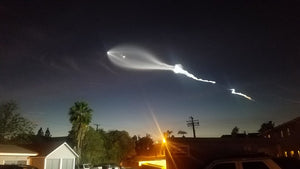November- Andromeda Galaxy, Uranus Opposition, Double Cluster
Andromeda Galaxy
Viewing the Andromeda Galaxy is a delightful experience, especially during clear autumn nights. As our nearest galactic neighbor, Andromeda is visible to the naked eye from dark locations, appearing as a faint, smudgy patch in the sky. For the best views, use binoculars or a small telescope to reveal its stunning details, including the dark dust band that runs through its center.
Located in the constellation Andromeda, this magnificent spiral galaxy houses over a trillion stars, along with its satellite galaxies, M32 and M110. The best time to observe it is during the fall months when it rises high in the evening sky. To truly appreciate its beauty, find a location away from city lights and enjoy the tranquility of the night.
Uranus at Opposition
The seventh planet from the Sun, Uranus, celebrates its moment in the spotlight as it reaches opposition on the 16th. While it may not shine as brightly as some of its celestial neighbors, Uranus is currently nestled among the stars of Taurus, making it a delightful sight for northern hemisphere observers as it glows high in the night sky.
Uranus is within the same binocular field of view as the beautiful Pleiades star cluster for the first half of the month. This extraordinary alignment offers a truly unique opportunity to witness these two wonders side by side—a rare holiday gift for stargazers!
Uranus stands out from the surrounding stars with its steady, aquamarine light, evoking the serene colors of the season. When viewed through a telescope at low power, you’ll see a tiny disc, hinting at the planet’s distant allure. For those with telescopes boasting at least 200mm of aperture, you may be lucky enough to spot Titania and Oberon, Uranus's two largest moons, adding even more magic to your celestial viewing this month.
NGC 884/869
On crisp, clear winter nights, the Double Cluster in Perseus sparkles like ornaments on the cosmic Christmas tree. Known as the “twin jewels of Perseus,” these two star clusters sit side by side in the northern sky, glowing brightly enough to be seen with the naked eye under dark, clear skies. But for a truly magical view, bring along a pair of binoculars or a telescope with a wide-angle, low-magnification eyepiece to unwrap their splendor up close.
Of this dazzling pair, NGC 884 shines like a special ornament, with two bright stars near its center and a more compact, dense population of stars than its companion, NGC 869. Together, these clusters are like festive jewels strung in the night sky—a beautiful reminder of the wonders waiting to be unwrapped this season.







